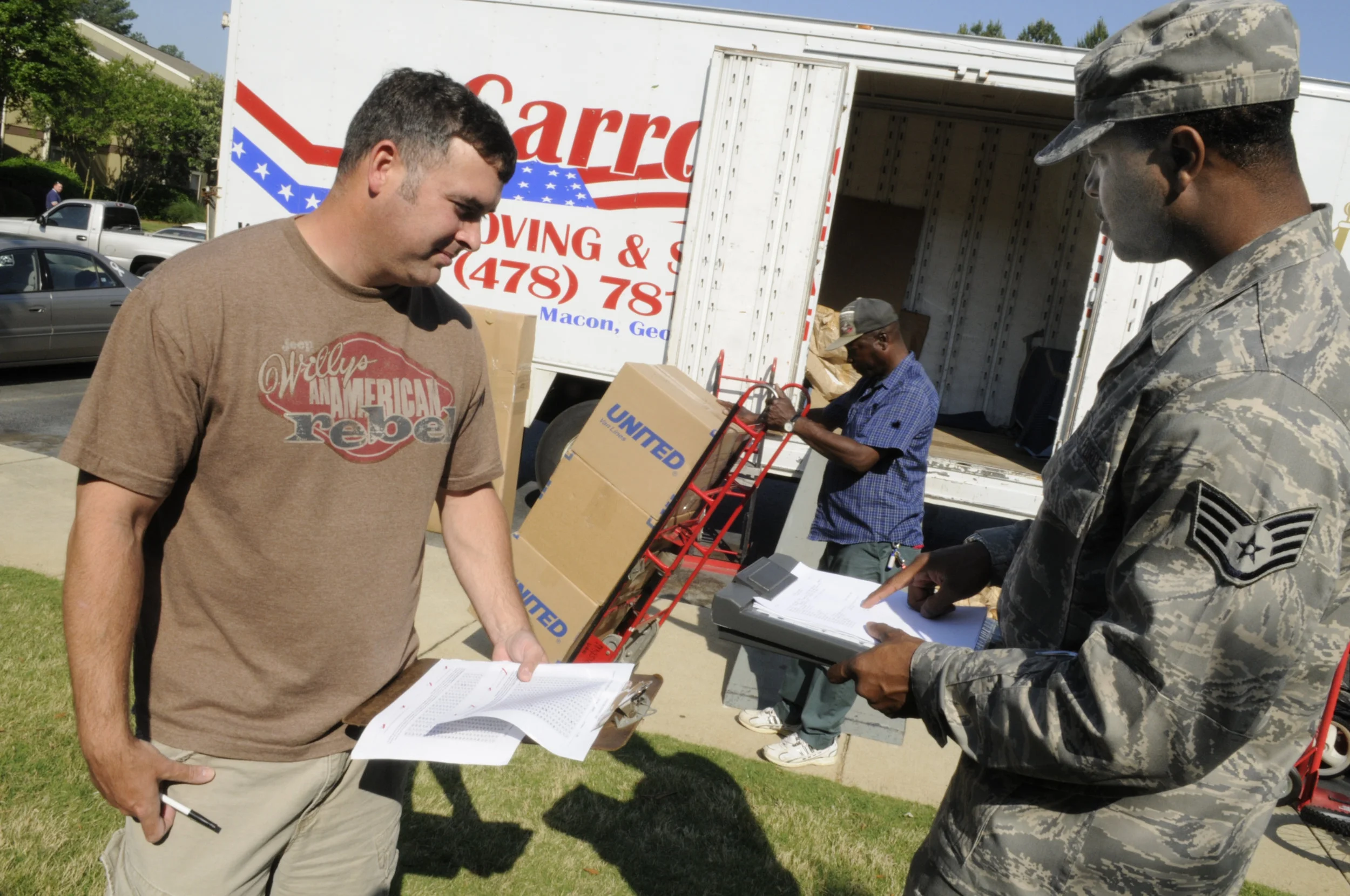“I’ve Been Moved!” Moving Military Families—and Development—in the 21st Century
Did you know that over 20% of all moves in the United States are for military service members and their families?
That’s over 430,000 military personnel every year. The logistics required to plan, request, approve, procure, schedule, and track the movement of personal property for this volume of moves are staggering. Second only to active combat deployment, moving is the most traumatic military experience for service men and women.
Something had to change
In early 2018, Truss began to replace the old system with a user-centered system using an open source, modern tech stack. We aren't doing this alone. We are partnering with Sliced Bread Design, the United States Digital Service (USDS), the Defense Digital Service (DDS), and US Transportation Command (USTRANSCOM, the military entity responsible for moves) to start to build this new system, MilMove.
Video courtesy of Department of Defense Digital Service
We brought research, design, and development to the table
Since last December we have:
Conducted over 130 interviews and 20 site visits to understand the needs and pain points of service members, back office personnel, and moving companies.
Collaborated with USTRANSCOM and DDS to determine policy requirements that may conflict with a reasonable work flow and which would need to be amended
Designed and developed a pilot/mvp that allows service members to move their own belongings and get reimbursed—easily from their mobile devices for the first time
Integrated with Login.gov to provide easier authentication
Introduced commercial cloud infrastructure with automation to enable daily deploys to production — this is a big deal in the government!
Demonstrated to government stakeholders how iterative design and development builds value while reducing risk.
Truss teaches process while delivering product
Truss has been working with our digital service partners to show USTRANSCOM how to execute a large transition project in an agile way. We demo to stakeholders every two weeks and visit them onsite about once a quarter to workshop with subject matter experts. We do product planning transparently with our partners.
Improving how government builds modern software is hard work; none of this would have been possible without all our partners’ enthusiasm, bureaucracy hacking, and skill sets.
And it’s working
Stakeholders now talk about “improving usability” for service members with iterative design processes. Our partners understand that while roadmaps may shift, we are consistently moving forward to replace the older system. They keep constituents updated on progress of a new API that private moving companies will use in order to sell their services to the government. They source service members and moving personnel to test the evolving application. We all have our marching orders to make moving easier.
We still have more to do
We are currently finishing an MVP that allows service members to schedule a full service move (from packing to transporting belongings) and allows moving companies to accept moving requests.
If you are interested in improving government digital services and working with smart and kind developers, designers, and client-partners, join us! We are hiring for engineering, design, and content strategy.

